The kill list: Islamic State leaders taken off the battlefield
- Share via
Since taking office, President Obama has sent U.S. troops into action on land or in the skies of seven countries on two continents. Obama’s administration has authorized Navy SEALs to kill Osama bin Laden in Pakistan and approved the fatal drone strike on an American cleric in Yemen.
Here is a look at targeted killings under the Obama administration.
Faruq Qatani | Al Qaeda
When: Death announced Nov. 4, 2016
How: A precision airstrike carried out by the United States military on Oct. 23, 2016
Where: Kunar Province, Afghanistan
Qatani was a top Al Qaeda leader in the eastern part of Afghanistan and one of Al Qaeda's "senior plotters of attacks against the United States," according to a statement from the U.S. Department of Defense.
Abu Muhammad Adnani | Islamic State
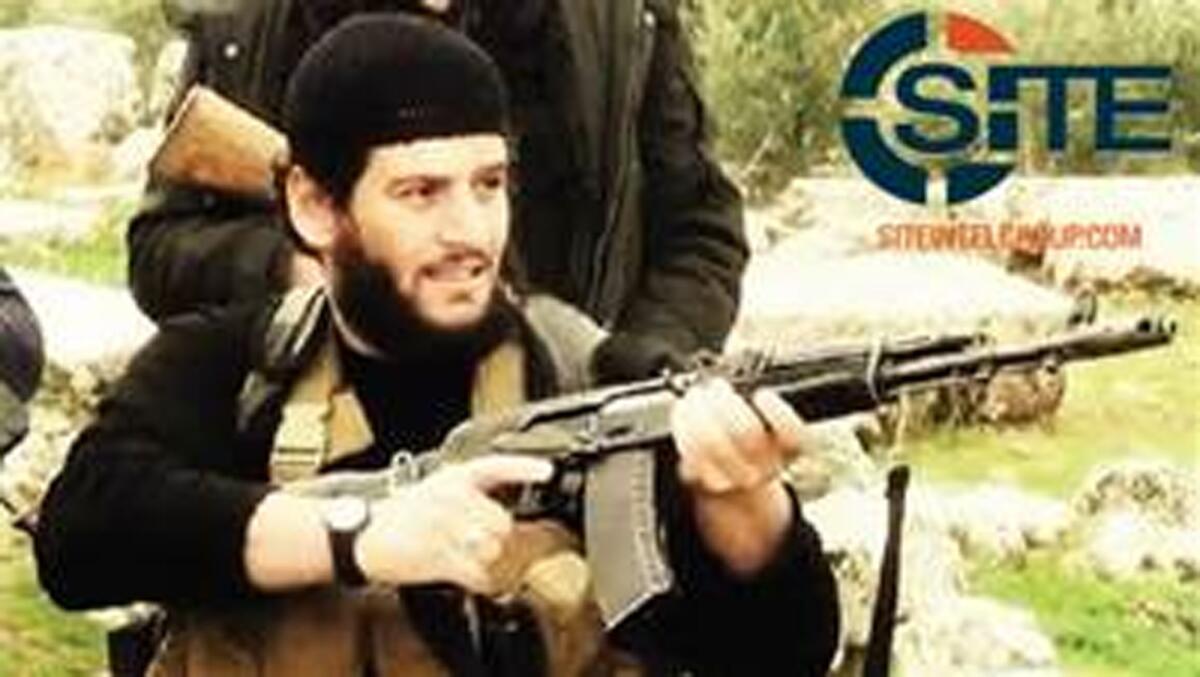
When: Death announced Aug. 30, 2016
How: Drone strike but could not confirm his death. Islamic State said he was killed.
Where: Al Bab, Syria
Adnani was deeply involved in the Sunni Muslim militant group’s larger operational strategies and served as its spokesman, creating a propaganda machine that has attracted foreign recruits from all over the globe.
Hafiz Saeed Khan | Islamic State
When: July 26, 2016
How: Killed in a drone strike
Where: Nangarhar Province, Afghanistan
The State Department last year designated Khan a global terrorist, saying he is the leader of Islamic State in Khorasan, which includes former members of the Pakistani and Afghan Taliban. Khan had previously been a Tehrik-e Taliban commander, but last year pledged loyalty to Islamic State leader Abu Bakr Baghdadi.
Mullah Akhtar Mohammad Mansour | Taliban
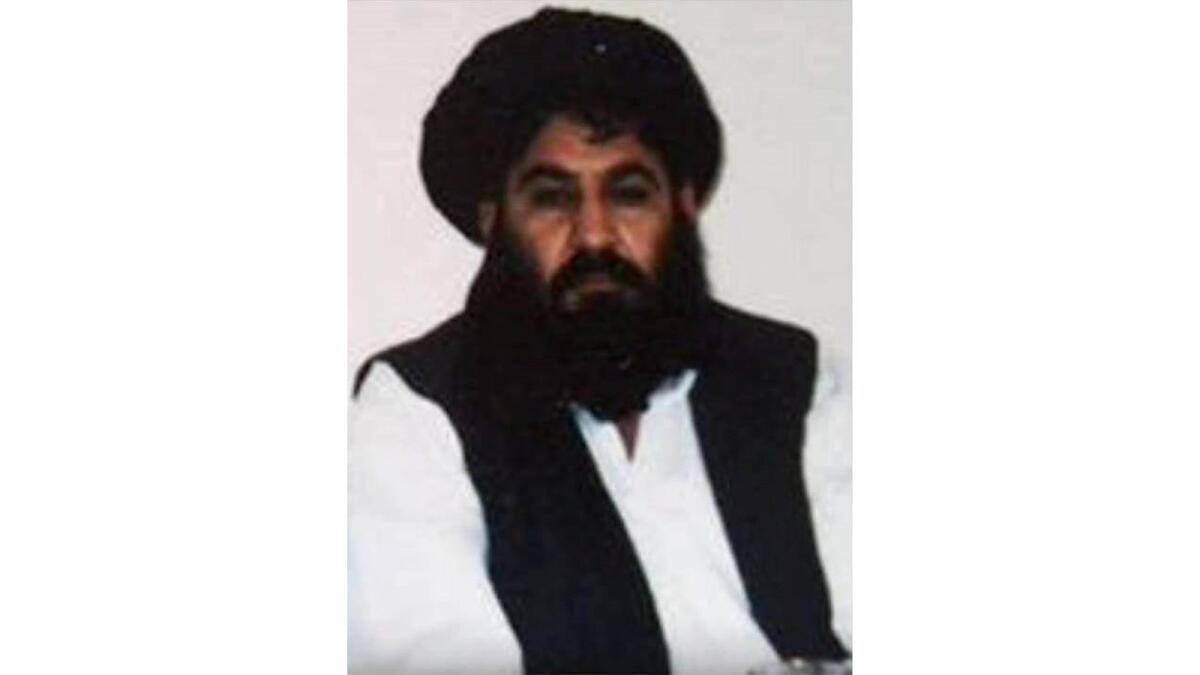
Killed: May 21, 2016
How: Drone strike
Where: In western Pakistan along the Afghanistan border
Mansour was killed when a drone strike hit his vehicle as he traveled in Baluchistan, Pakistan.
Mansour, known for his mercurial leadership, had been in the U.S. military’s crosshairs for years. He officially took charge of the Taliban in the summer of 2015 after the group acknowledged the death of founder Mullah Mohammad Omar.
Rahman Mustafa Qaduli, a.k.a. Abu Ala Afri and Haji Imam | Islamic State
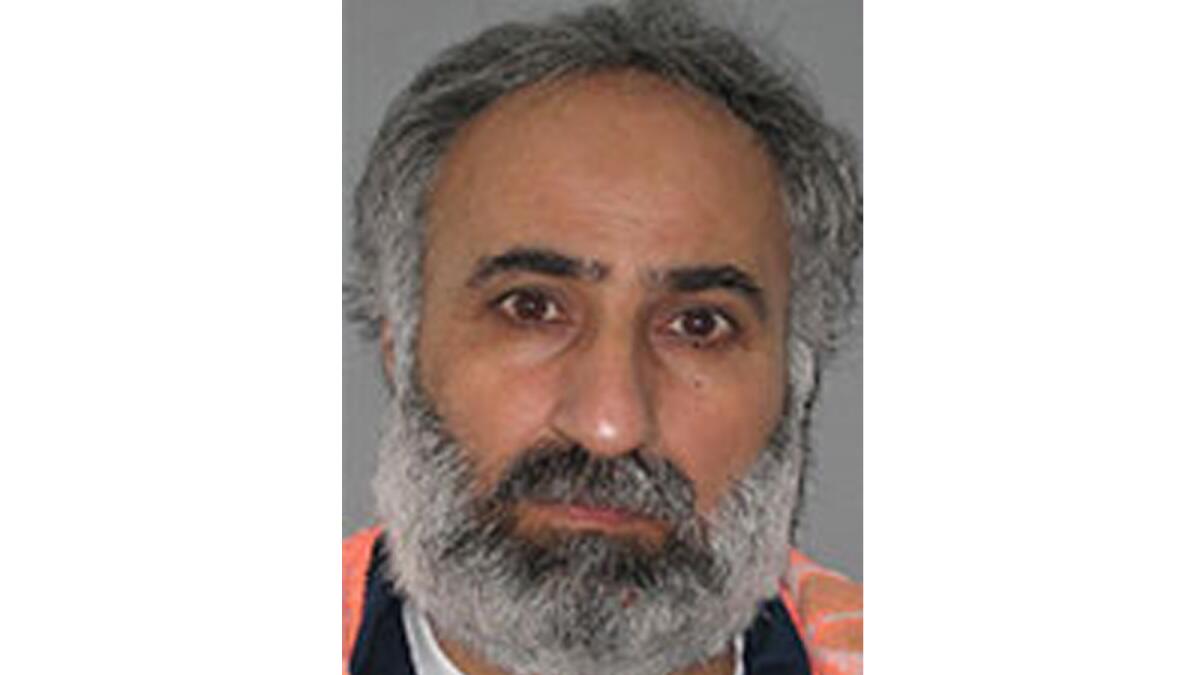
When: March 24, 2016
How: Died during an attempt by special operations to capture him
Where: Syria
Qaduli was an influential finance minister for Islamic State and a close advisor to the group's leader, Abu Bakr Baghdadi. He was a key player in Islamic State's military and financial operations, according to the Pentagon.
Qaduli, who had as many as a dozen aliases, joined Al Qaeda in Iraq in 2004, serving as Abu Musab Zarqawi's liaison for operations with Pakistan. The group was later rebranded as Islamic State. He was held in U.S. custody at the Camp Bucca military prison in Iraq in 2006, along with many other prisoners who went on to senior positions in Islamic State. He was released in 2012.
Abu Nabil, a.k.a. Wissam Najm Abd Zayd al Zubaydi | Islamic State
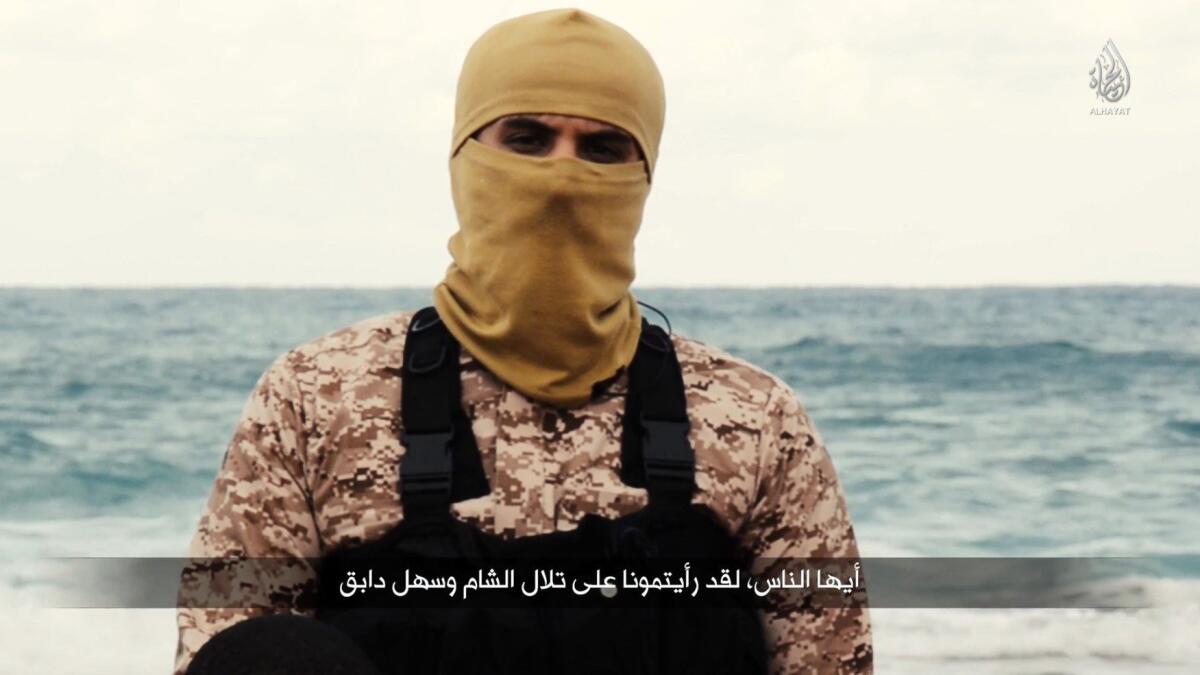
When: Nov. 14, 2015
How: Killed by jet strike
Where: Derna, Libya
Nabil led Islamic State in Libya and was a longtime Al Qaeda figure. He was killed during a F-15 jet strike targeted at his compound in eastern Libya – the country’s government in effect has been a void since the toppling of Moammar Kadafi in 2011.
The Pentagon suggested Nabil may have played a key role in an execution video showing the beheading of 21 Coptic Christian Egyptians along the southern Mediterranean coast in early 2015.
‘Jihadi John’ Mohammed Emwazi | Islamic State

When: Nov. 12, 2015
How: Killed by drone
Where: Raqqah, Syria
The 27-year-old British citizen was given the moniker “Jihadi John” after he appeared in videos announcing the killing of American journalists James Foley and Steven Sotloff, as well as the slaying of American aid worker Abdul-Rahman Kassig, British aid workers David Haines and Alan Henning, and Japanese journalist Kenji Goto.
Emwazi was described as a quiet and hardworking schoolboy in affluent northwest London and a graduate of University of Westminster’s computer science program, and his presence brought the issue of homegrown extremism to the forefront.
"He was one of the worst, who hit and tortured without any restraint,” Didier Francois, a journalist held for 10 months in Syria, told a French radio station.
Muhsin Fadhli | Al Qaeda
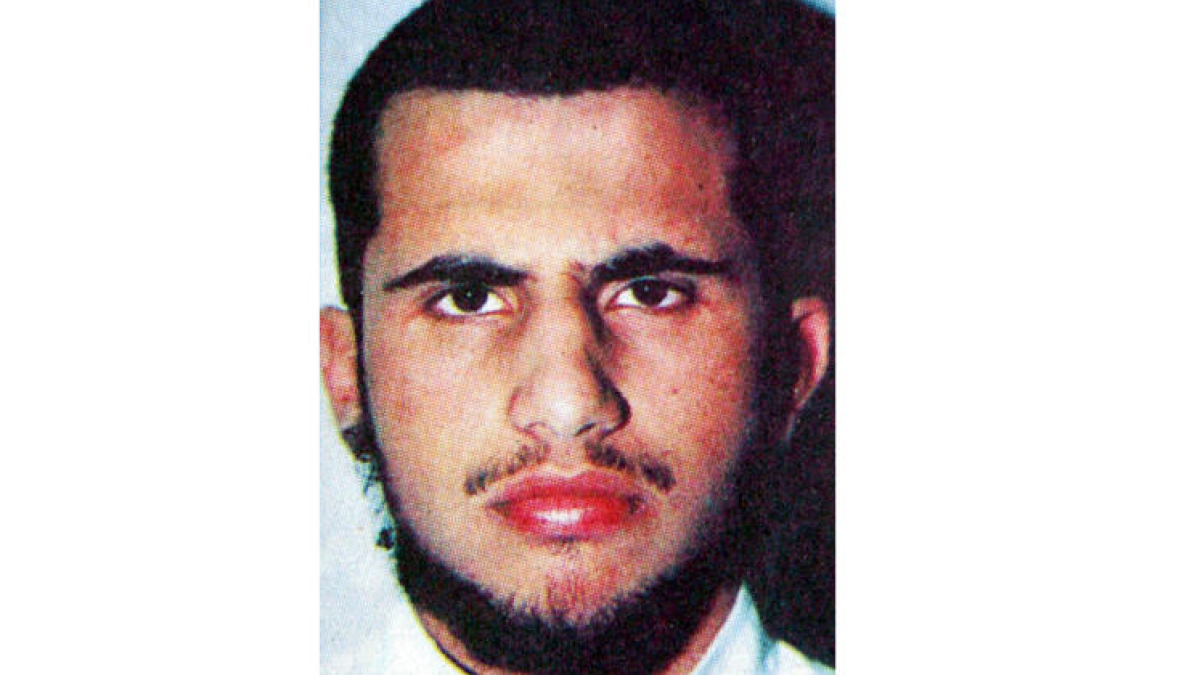
When: July 8, 2015
How: Vehicle was hit during drone strike
Where: Sarmada, Syria
Fadhli, who fought for the Taliban as a teenager in Afghanistan, had advanced notice of the Sept. 11 attacks. Years later, U.S. intelligence analysts had fears that his faction was progressing in its ability to attack jets and other Western targets.
The head of a shadowy cell of veteran Al Qaeda operatives known as the Khorasan Group, he was killed while traveling in his vehicle near the Turkish border in the Syrian town of Sarmada. He was identified as the authority of Al Qaeda’s operations in Iran before relocating to Syria.
Ali Awni Harzi | Islamic State
When: June 15, 2015
How: Airstrike
Where: Mosul, Iraq
Tunisian-born Harzi was a suspect in the 2012 Benghazi, Libya, attack, which resulted in the deaths of four Americans. His brother, Tariq Harzi, was known as the “emir of suicide bombers” for orchestrating hundreds of suicide bombings among jihadists.
"While it may have taken years to track down and eliminate Ali Awni al Harzi, those who kill Americans must understand that our memories are long and our commitment to justice is steadfast," Rep. Adam B. Schiff (D-Burbank), the top Democrat on the House Intelligence Committee, said.
Mokhtar Belmokhtar | Al Mourabitoun
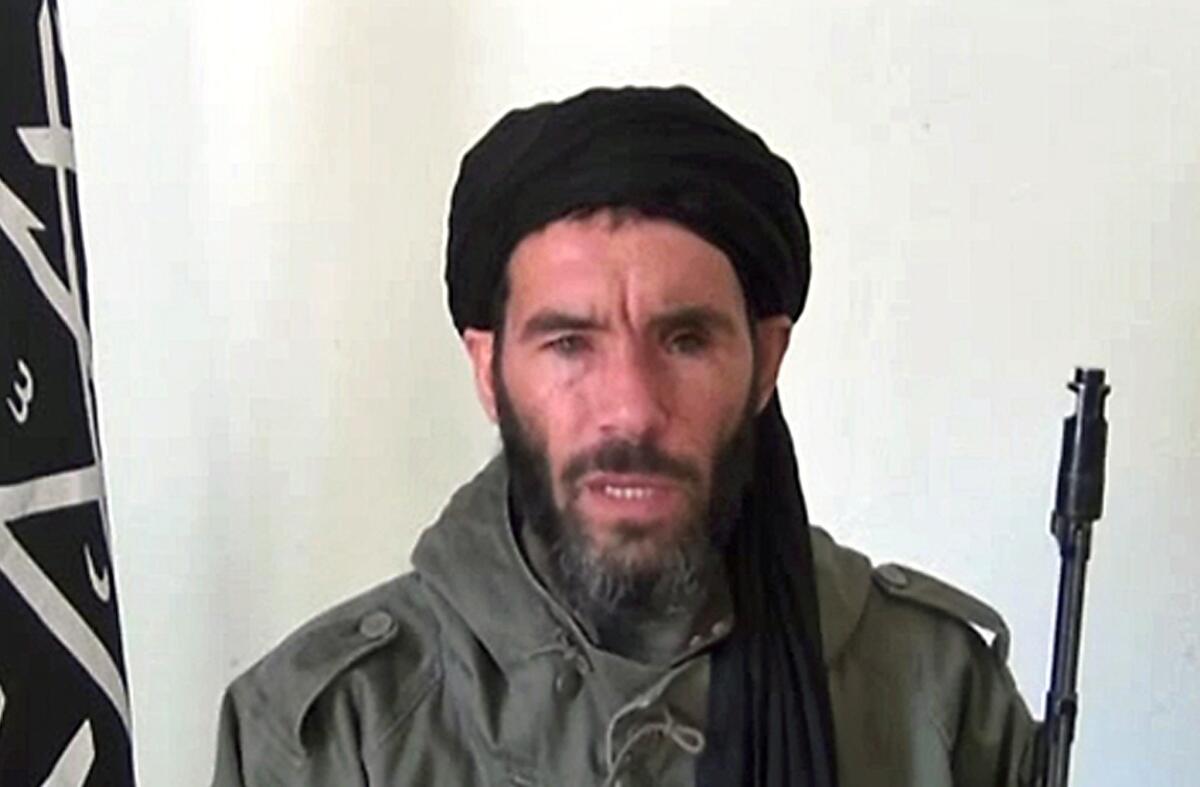
When: June 13, 2015
How: Airstrike
Where: Libya
The Al Qaeda-linked North African was the architect of a 2013 plot to seize a natural gas refinery in Amenas, Algeria, which resulted in the deaths of more than 38 foreign captives from 10 countries, including three Americans.
Belmokhtar had an extensive history of organizing terrorism, yet always slipped out of the clutches of the U.S. military and its allies. In fact, the French government had nicknamed the Algerian militant "the Uncatchable."
Adan Garar | Shabab
When: March 12, 2015
How: Vehicle struck by drone strike
Where: Bardera, Somalia
Garar was a strategic commander who planned the high-profile attack on Nairobi’s Westgate shopping mall in 2013, which killed at least 67 people including children. Only those who could prove they were Muslim were spared.
The Shabab leader was killed in his vehicle near the southwestern town of Bardera in Somalia. The Shabab, which has pledged allegiance to Al Qaeda rather than Islamic State, has suffered blows to their military capabilities in recent years.
Adam Gadahn | Al Qaeda

When: Jan. 19, 2015
How: CIA drone strike
Where: Waziristan, Pakistan
The Orange County native, who served as a top propagandist for Al Qaeda, was killed in a CIA drone strike in Waziristan, Pakistan.
The grandson of a Jewish doctor, Gadahn converted to Islam in 1995. He frequented the Islamic Center of Orange County, where those close to Gadahn say he fell under the influence of Hisham Diab, an accountant who lived in the Little Gaza section of Anaheim, who espoused extremist views
Gadahn appeared in five incendiary Al Qaeda videos before his death and became the first American since the World War II era to be charged with treason.
Hakimullah Mehsud | Pakistani Taliban
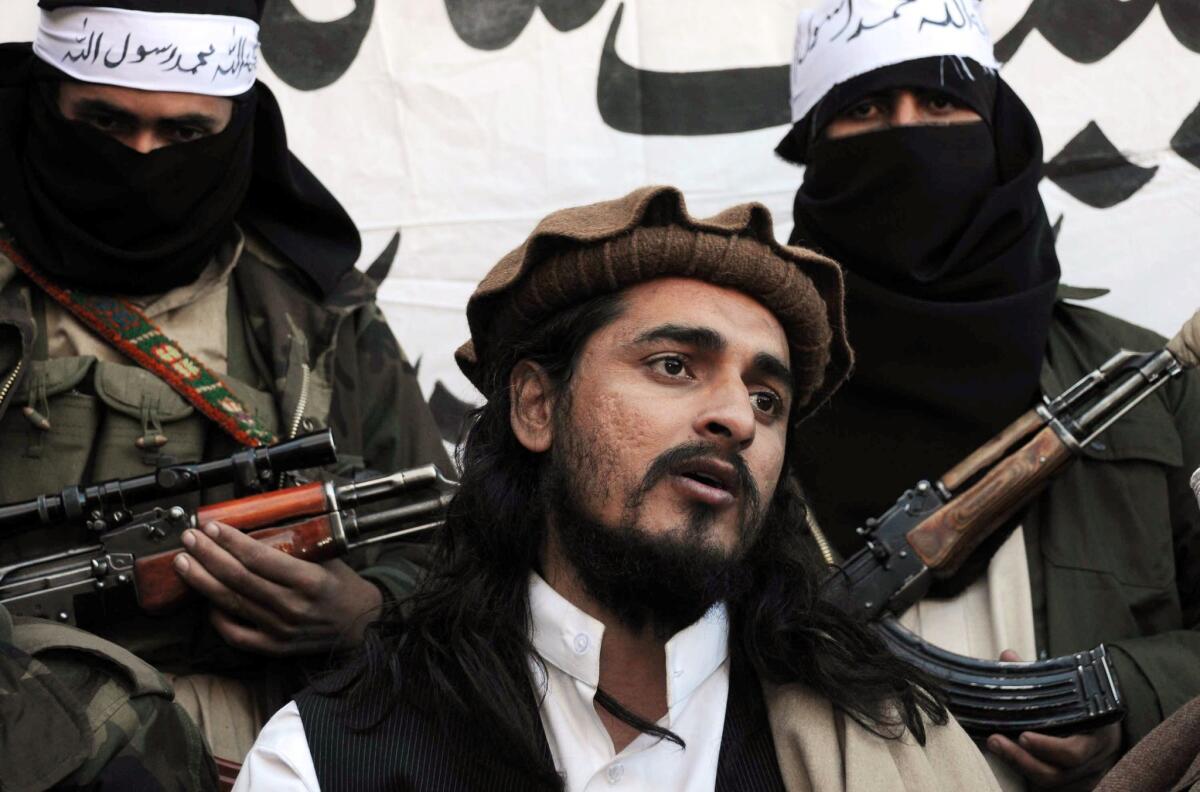
When: Nov. 1, 2013
How: CIA drone strike
Where: Waziristan, Pakistan
The leader of the Pakistani Taliban, also known as Tehreek-e-Taliban Pakistan, was killed by a CIA drone strike in Waziristan, Pakistan. He was known for attacking a CIA base in Afghanistan and a campaign that killed thousands of Pakistani civilians and security force members.
Mehsud was considered a top militant, and the FBI held a $5-million bounty on his head in the months before he was killed. Yet, Pakistani Interior Minister Chaudhry Nisar Ali Khan condemned the drone strikes, calling them an attempt to sabotage peace talks between the Pakistani government and the Taliban.
Maulvi Nazir | Pakistani Taliban
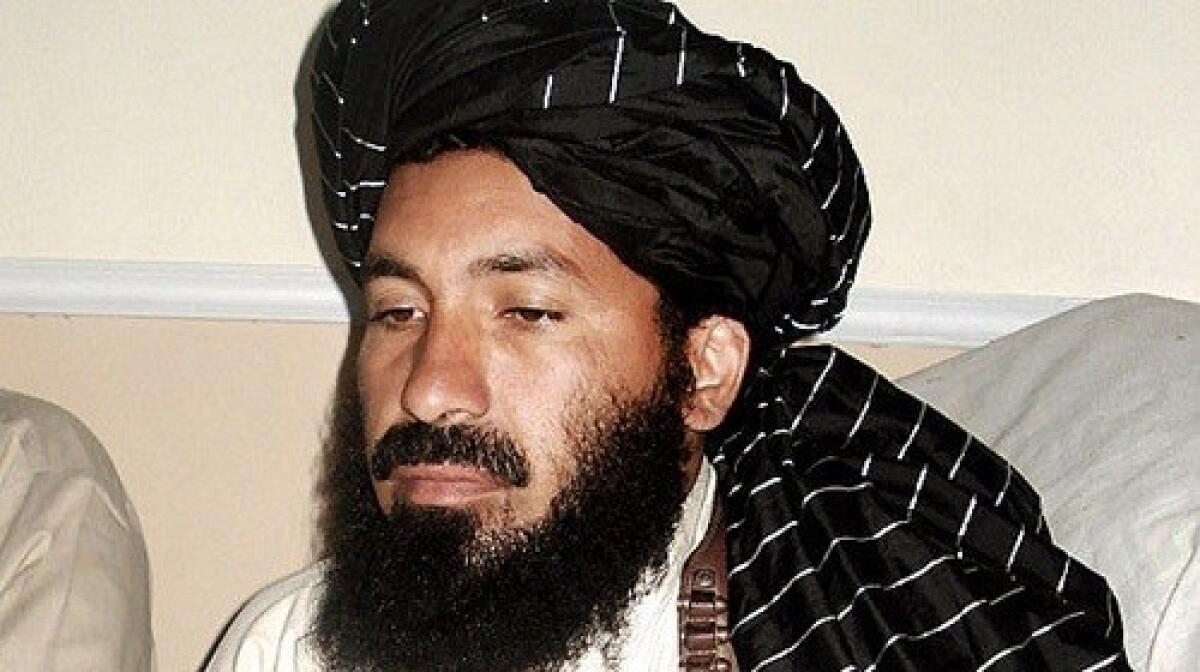
When: Jan. 2, 2013
How: Drone strike
Where: Northwest Pakistan
A U.S. drone strike in northwest Pakistan killed the top Taliban commander responsible for coordinating attacks on U.S. and NATO forces in Afghanistan.
Nazir was one of two Taliban commanders in the Waziristan tribal regions to issue decrees against polio vaccination efforts in their areas. Nazir said his decision to ban the vaccinations was motivated by Washington’s drone campaign and a phony inoculation program orchestrated by the CIA in 2011 to help track down Osama bin Laden.
Abu Yahya al Libi | Al Qaeda
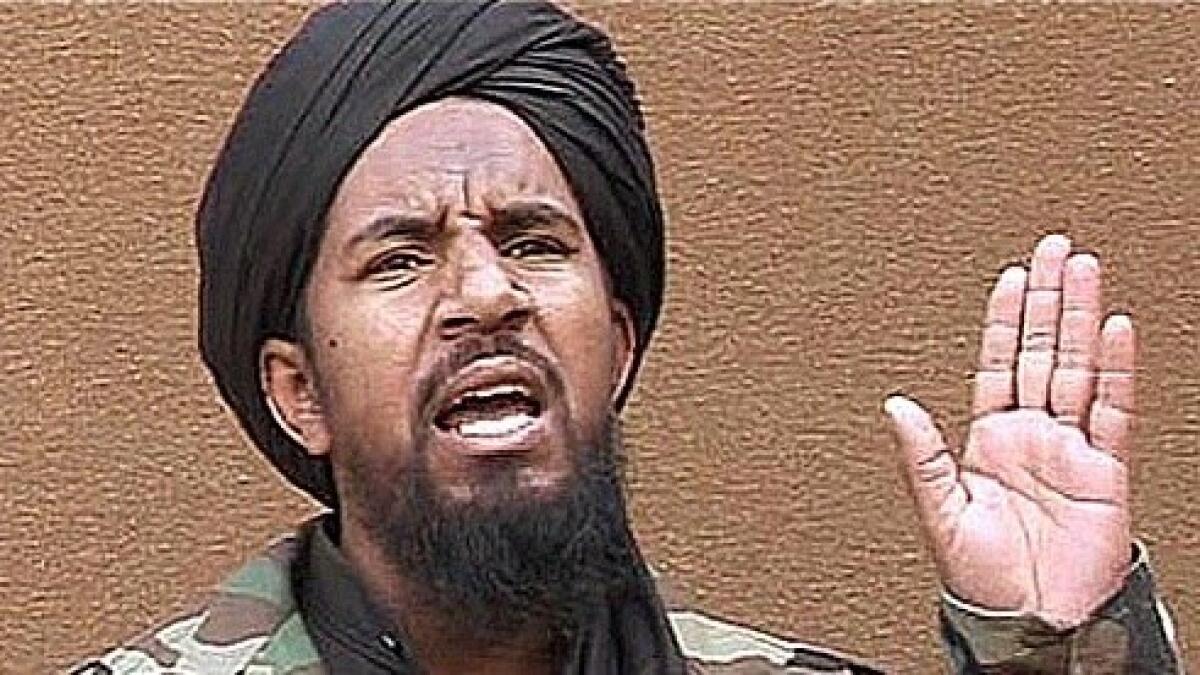
When: June 4, 2012
How: Drone strike
Where: North Waziristan, Pakistan
Al Qaeda’s former second-in-command, Libi was killed in a U.S. drone missile strike on Hesokhel, a small village in North Waziristan near the Afghan border. North Waziristan has long been a stronghold for Al Qaeda, the Taliban, the Haqqani network and other militant groups.
Libi’s death was a big win for covert U.S. anti-terrorism operations in Pakistan, which had their milestone with the killing of Osama bin Laden in early 2011.
Sakhr Taifi | Al Qaeda
When: May 29, 2012
How: Airstrike
Where: Kunar, Afghanistan
Al Qaeda’s second-in-command in Afghanistan was killed in an airstrike coordinated by coalition forces. Taifi frequently commanded attacks against NATO and Afghan forces, and he traveled frequently between Afghanistan and Pakistan to relocate weapons and insurgent fighters.
Abdul-Rahman Awlaki and Ibrahim Banna | Al Qaeda
When: Oct. 14, 2011
How: Drone strike
Where: Azzan, Yemen
Awlaki, a 16-year-old U.S. citizen, was eating dinner along the side of a road when he was killed by a drone strike. Awlaki’s father, Anwar, was killed two weeks earlier for terrorist operations, but the son’s killing sparked outrage among human rights activists who argued that Awlaki’s death was unrelated to his father’s activities and he was executed without charge, trial or legitimate reasoning.
"If the government is going to be firing Predator missiles at American citizens, surely the American public has a right to know who’s being targeted and why." Jameel Jaffer, deputy legal director of the American Civil Liberties Union, said.
Also killed was Egyptian-born Banna, whom officials described as the media chief of the Al Qaeda affiliate in Yemen.
Anwar Awlaki | Al Qaeda
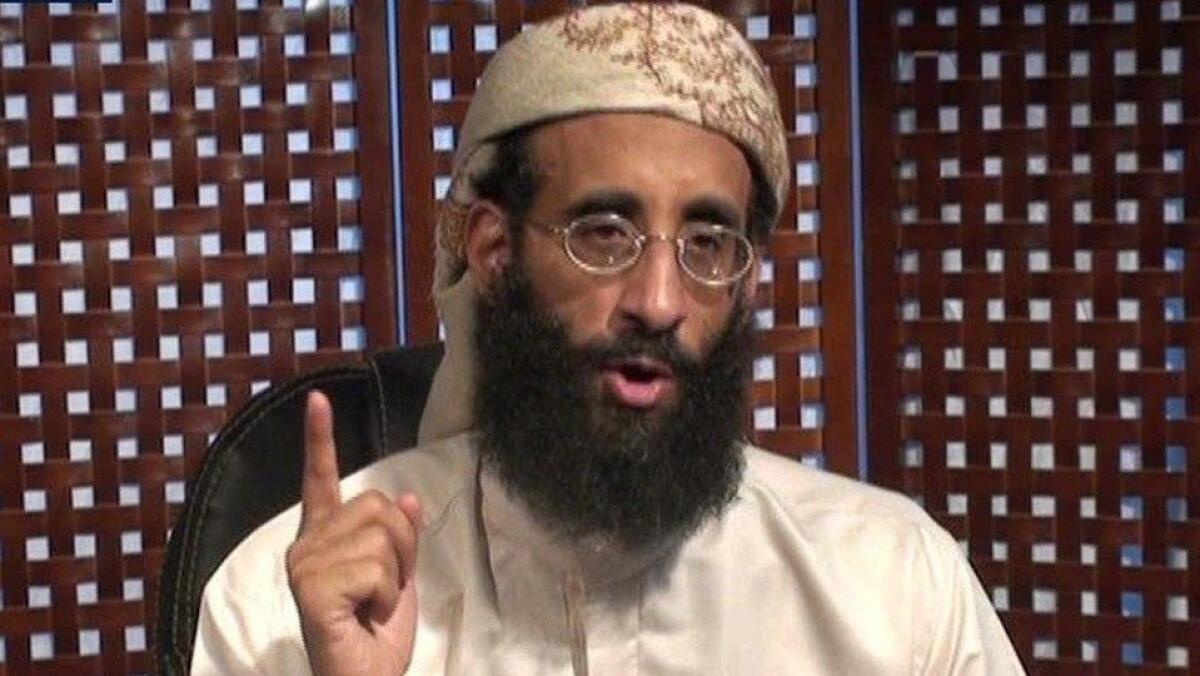
When: Sept. 30, 2011
How: Drone strike
Where: Azzan, Yemen
The American-born Muslim cleric, accused of inspiring and plotting terrorist attacks on Americans, including the deadly shooting at an army base in Texas, was killed by a Hellfire missile fired from a drone aircraft operated by the CIA.
Although Awlaki was a midlevel figure in Al Qaeda, he cast a potent shadow in U.S. counter-terrorism circles because he spoke fluent English and was effective at reaching disaffected Muslims in the United States and elsewhere via speeches and sermons on the Internet.
His death marked not only an escalation of Obama administration efforts to kill leaders of Al Qaeda and its affiliates, but also another significant intelligence coup after the CIA-led raid that killed Osama bin Laden on May 2, 2011, in Pakistan.
Atiyah Abdul Rahman | Al Qaeda
When: Aug. 22, 2011
How: CIA Predator drone strike
Where: Waziristan, Pakistan
Rahman first met Osama bin Laden in his teens, and the Al Qaeda kingpin appointed him to chief liaison for the group in Iran. Though he was unknown to most Americans, he "gained considerable stature in Al Qaeda as an explosives expert and Islamic scholar," according to the website of the U.S. National Counterterrorism Center.
“Atiyah was at the top of Al Qaeda's trusted core," said an intelligence official, who would not be identified discussing sensitive defense matters. "His combination of background, experience and abilities are unique in Al Qaeda; without question, they will not be easily replaced."
Ilyas Kashmiri | Al Qaeda
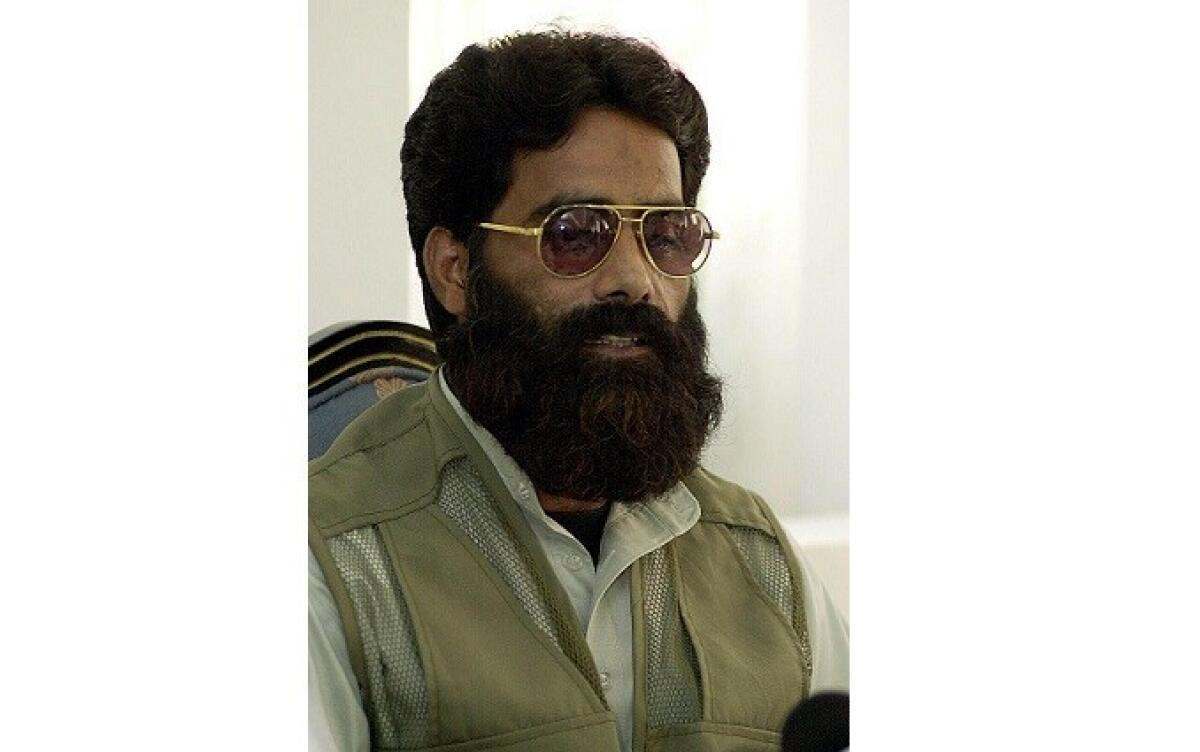
When: June 3, 2011
How: Drone strike
Where: South Waziristan, Pakistan
Ilyas Kashmiri, a key Al Qaeda strategist, was killed in a 2011 strike in South Waziristan, Pakistan. Reports on Kashmiri alleged that he trained mujahedin to counter Soviet forces in 1980s Afghanistan and that he was tipped to command Al Qaeda after Osama bin Laden’s death.
Kashmiri led a militant group in Pakistan and in recent years had been brought into the leadership of Al Qaeda, running a training camp and planning attacks against targets in India and Europe, said a U.S. intelligence official who spoke on condition of anonymity because he was not authorized to publicly discuss the matter.
Osama bin Laden | Al Qaeda
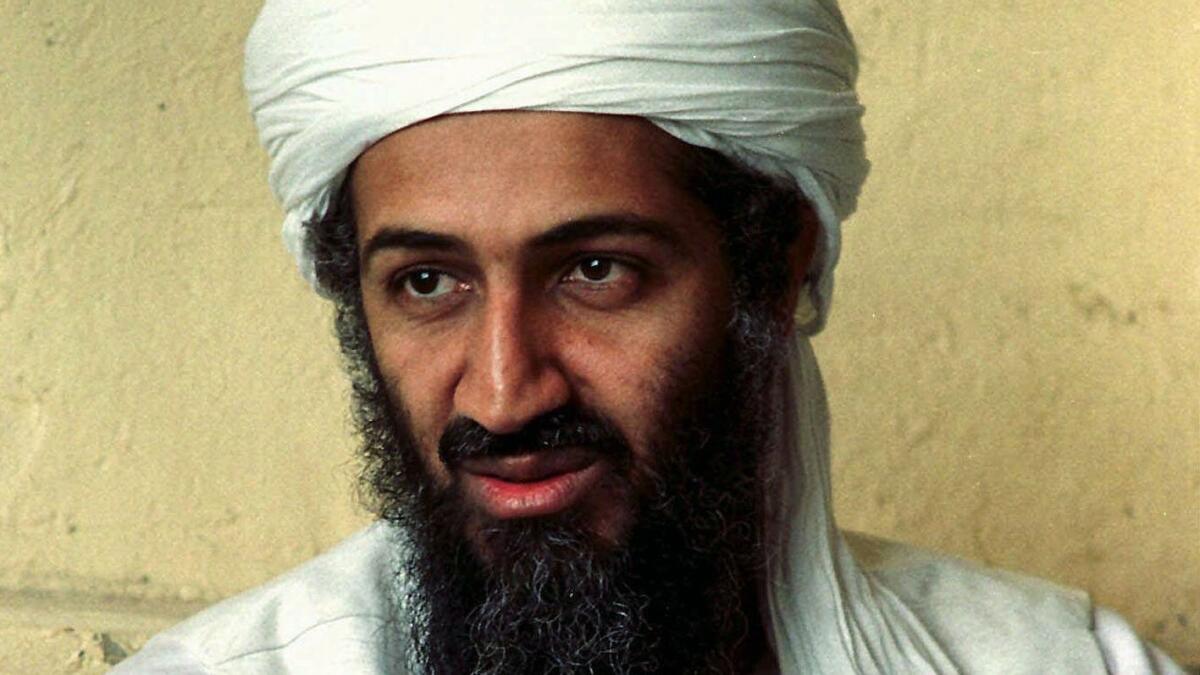
When: May 2, 2011
How: U.S. special forces unit raid
Where: Abbottabad, Pakistan
The founder of Al Qaeda and the mastermind of the Sept. 11 attacks was killed during a special forces raid of his compound. The Saudi Arabia-born extremist kingpin vanished after the fall of the World Trade Center towers.
Once or twice a year, Bin Laden popped up on a new video or audio recording, mocking America's leaders and urging his faithful to follow his path. They did so with bombings in London, Madrid, Bali, Indonesia, and elsewhere.
Interrogators at the U.S. naval base at Guantanamo Bay, Cuba, were pushed to ask Al Qaeda suspects in custody about possible couriers. The information came in pieces, a U.S. official said, and it took years.
Abdallah Umar Qurayshi | Al Qaeda
When: Sept. 25, 2010
How: Airstrike
Where: Kunar, Afghanistan
The bombing of a compound in Kunar province, close to the border with Pakistan, killed Abdallah Umar Qurayshi, who had led Al Qaeda-affiliated Arab fighters operating in two eastern provinces, and Abu Atta Kuwaiti, an explosives expert.
Western troops, nearly all of them American, pulled out of the remote, rugged Korengal Valley after suffering heavy losses over several years. Fighters led by Qurayshi had staged attacks on Western forces in Kunar and Nuristan provinces, where insurgents sometimes targeted isolated U.S. outposts with devastating results.
Sheik Said Masri | Al Qaeda
When: May 21, 2010
How: Drone Strike
Where: Pakistan
Al Qaeda's former third-ranking leader — a close associate and relative by marriage to Osama bin Laden — was killed in a U.S. drone strike in Pakistan's tribal region. The death of Masri, an Egyptian who was believed to act as the terrorist network's operational leader, was a major blow to Al Qaeda, which had suffered a steady degradation of its leadership and ability to mount attacks since the U.S. stepped up its campaign of missile strikes by unmanned aircraft in the tribal region.
Hussein Yemeni | Al Qaeda
When: March 8, 2010
How: Drone Strike
Where: Miram Shah, Pakistan
The death of the elusive Yemeni proved a source of elation for U.S. intelligence officials after the expert bomb maker was killed by drone strike in early 2010. It is believed that Yemeni played a strategic role in the 2009 Camp Chapman suicide attack in Afghanistan that killed seven CIA employees and contractors.
A counter-terrorism official described the Miram Shah strike as a "clean, precise action that shows these killers cannot hide even in relatively built-up places."
Baitullah Mahsud | Pakistani Taliban
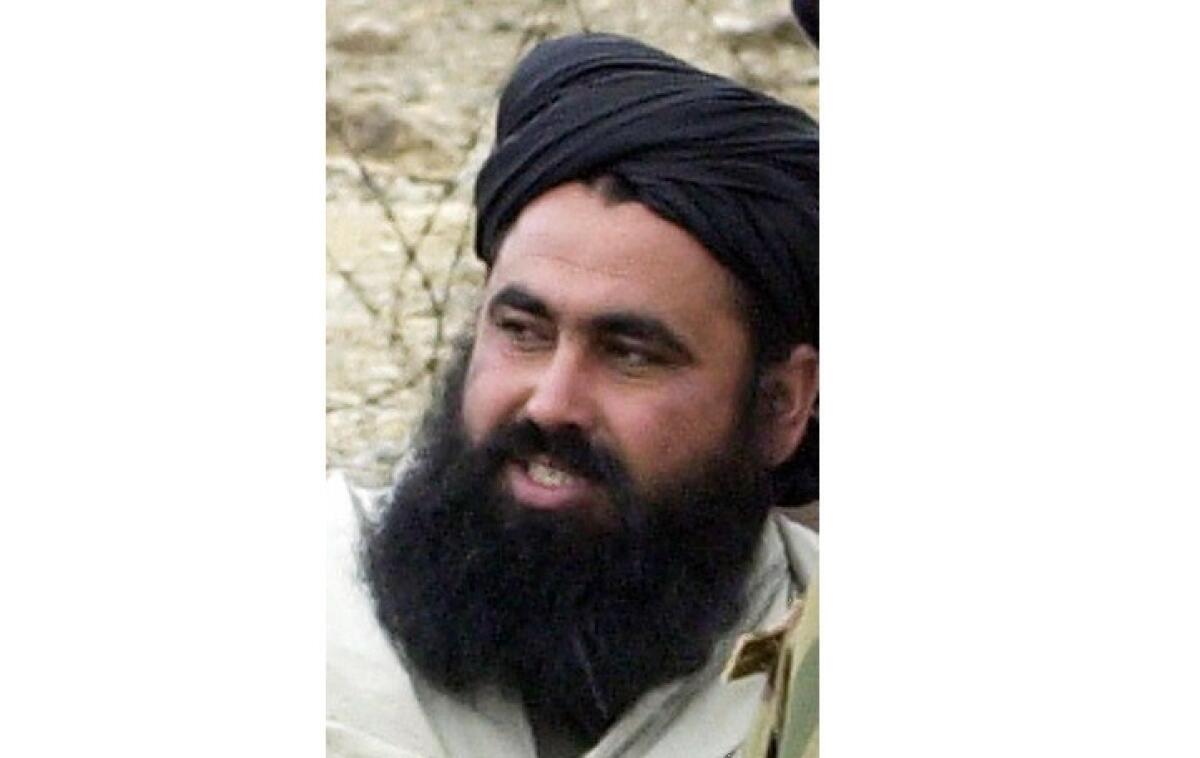
When: Aug. 5, 2009
How: Predator drone strike
Where: Miram Shah, Pakistan
Mahsud was a founding militant of the Pakistani Taliban, which U.S. intelligence suggested could have been behind the 2007 assassination of former Pakistan Prime Minister Benazir Bhutto.
Despite his small stature, it is suggested that he had commanded as many as 20,000 fighters and provided refuge for Afghani Taliban members after the 2001 U.S. invasion.
Sign up for Essential California
The most important California stories and recommendations in your inbox every morning.
You may occasionally receive promotional content from the Los Angeles Times.







